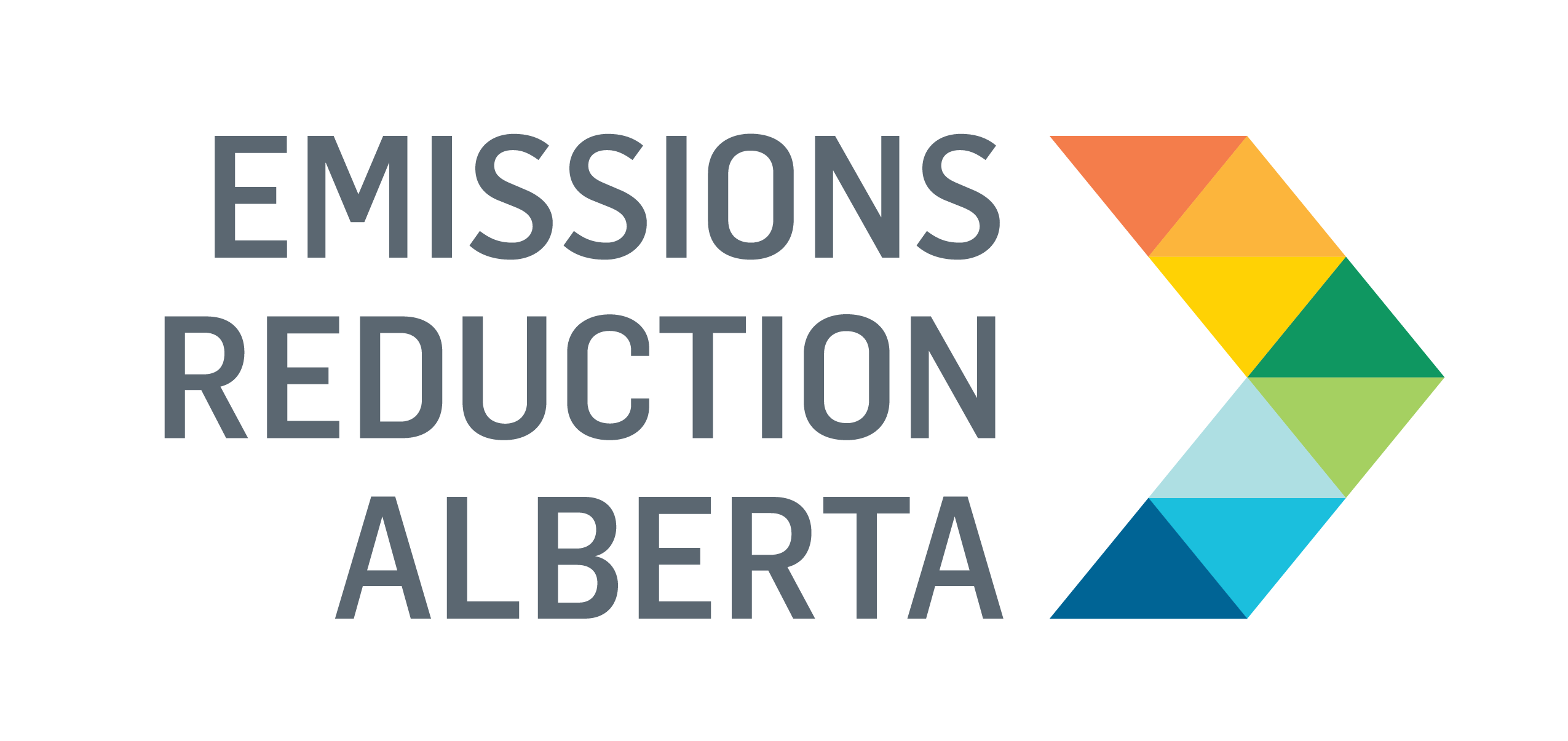Why are complete solutions necessary to accelerate projects to reduce GHGs? How do you actually “convene” complete solutions?
ERA is about identifying and accelerating solutions that reduce GHGs and improve our economic competitiveness. But, just finding a promising technology isn’t enough. The best ideas don’t always turn into products or companies that reduce emissions. To get to that place you need a sound business model. You need to know who your customer is and be certain your idea meets a need in the market. Even then, you need the right team in place to get it there. You also need capital—sometimes a lot of it—and a strong regulatory and policy environment. A great idea is not enough. You need all these other components in place—we call these complete solutions.
Part of what we do best is identifying technologies with the most potential to cut carbon and cut costs. When we examine proposals, we also focus on complete solutions. An additional source of capital is one way to demonstrate there is a market, we look for that. If a great idea comes our way, but lacks a strong business plan, our partnerships with commercialization service providers like TEC Edmonton or Calgary Technologies Inc. help innovators with the business side of things. We also work with government and industry to make sure all funding agencies know what is coming down the pipe. This helps to mitigate some of the hurdles innovators will face from idea generation to commercialization. As a convener, that’s a big role.
Why is leveraging funding through partnerships so important? What’s new and how do we do it?
Historically, in Canada, we’ve been good at ideas. Where we’ve struggled is moving them through scale-up and deployment. There is a greater push for funding partners to work together and select the opportunities that’ll make a positive impact. Understanding and aligning on priorities instead of just working in isolation is key. A great example is the CCITF announced in December 2017. It clarifies the innovation and technology priorities of the province and each agency’s role and areas of focus within it.
The amount of investment required to reach our climate change goals is big. The notion of partnering has been talked about for a long time. In recent years it has become more real. We recognize that to meet goals and remain competitive we need to be very purposeful with our actions. We need to work together—government and industry—to make sure we get at the core of the problem. Our trusted partner model is a great example. It is helping relieve administrative burdens for industry to apply and get funding; that’s time and money better spent on developing the technology and business side of things.
Can you speak to balancing “policy push” from government and what you are doing to foster “market pull” from industry?
We invest public money and our mandate is to reduce GHG emissions. To do this, we are driven by goals and outcomes set by the province. The Alberta Climate Leadership Plan is the big driver. It sets objectives for oil sands and methane emissions, as well as renewable energy. Those pillars drive what we focus on from an investment standpoint. At the same time, industry is changing their behavior to decrease their environmental impacts and remain competitive in producing or manufacturing. Industry is looking for ways to do what they do, but better. So, we have to keep in mind, what are the solutions they need? Balance is about finding the sweet spot. All our funding opportunities focus on this; the solutions that industry needs to meet outcomes Alberta is looking for. It is a very deliberate approach; how can we help you achieve these outcomes? What are the challenges you have? The desire is to improve how we do things while remaining competitive in a low carbon world.
What are the benefits of aligning on GHG methodology?
There is a need to quantify our return on investment when it comes to GHG reductions. With the CCITF, we needed a common methodology to measure and estimate the outcomes of funded projects and programs. ERA has a long history of doing this. We’ve primarily focused on measuring GHG reductions since we started, with economic development as an important secondary aspect. Because of our history, we worked with our partners on coming to an agreed upon GHG methodology, so we can all align on opportunities for investment. Our process is rigorous, it has stood up to scrutiny and it is based on international quality management standards. We’ve used this measurement approach since we formed in 2009, and it’s is encouraging that CCITF launched with it as a common way to for everyone to move forward.

